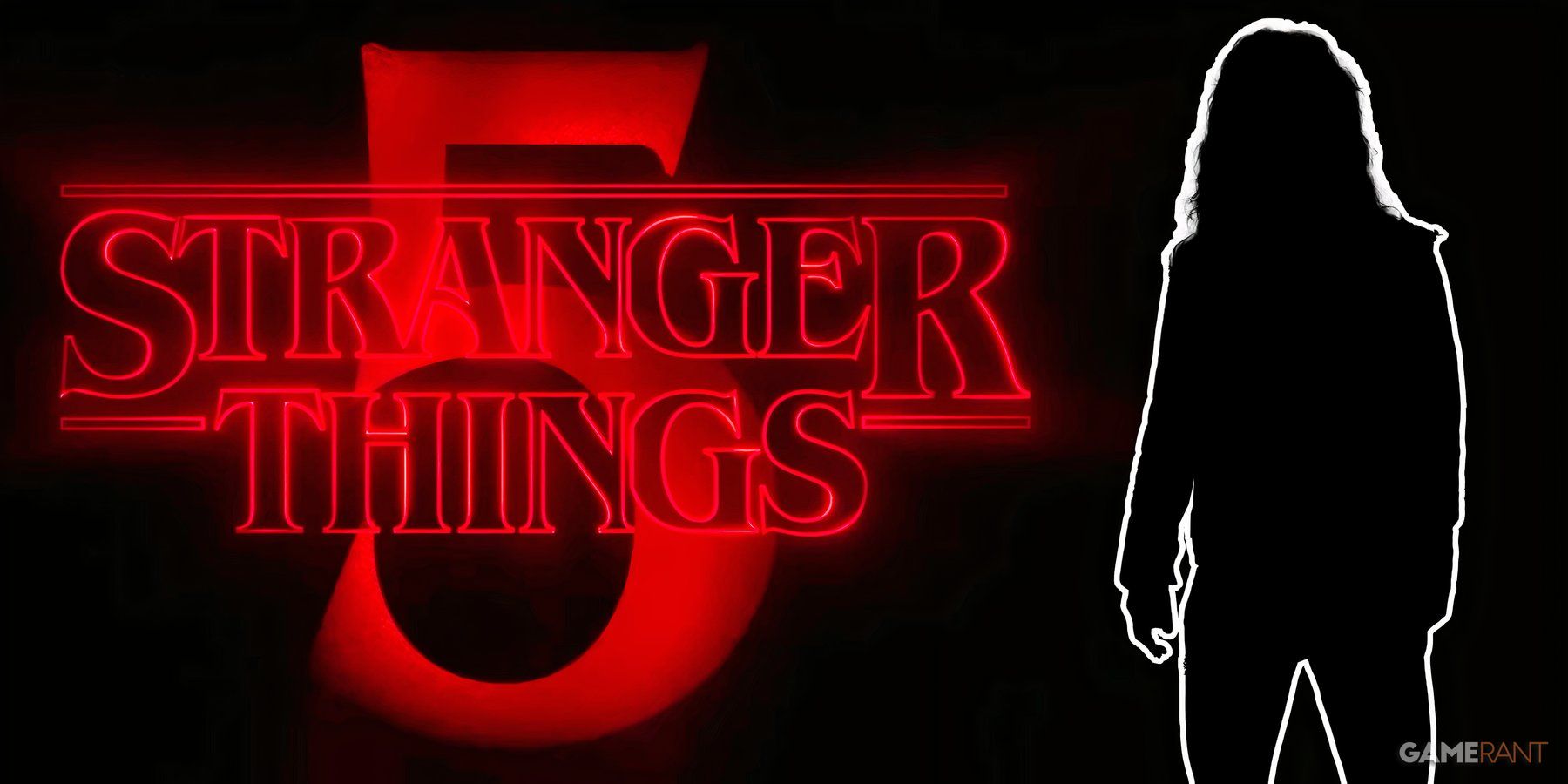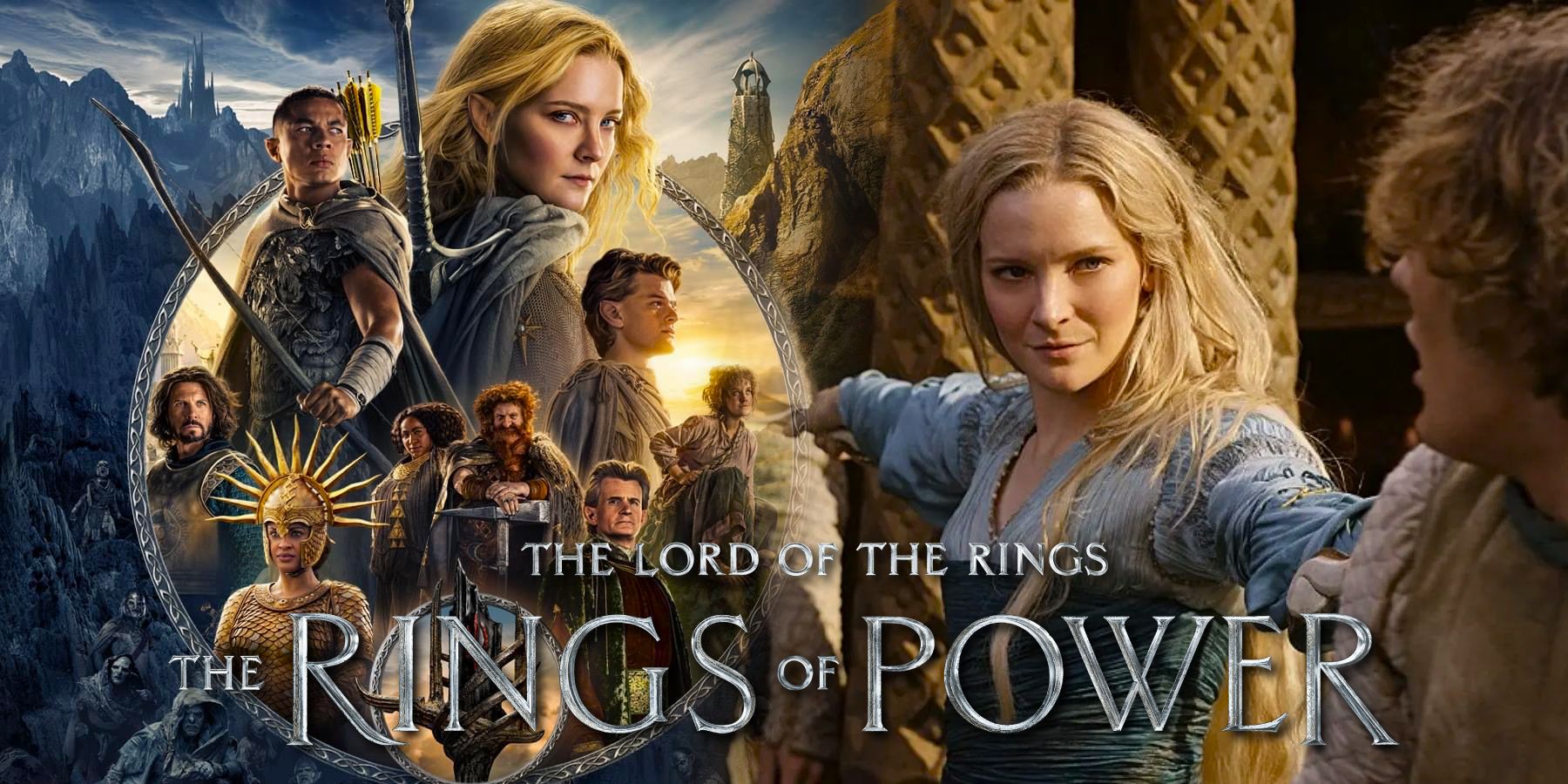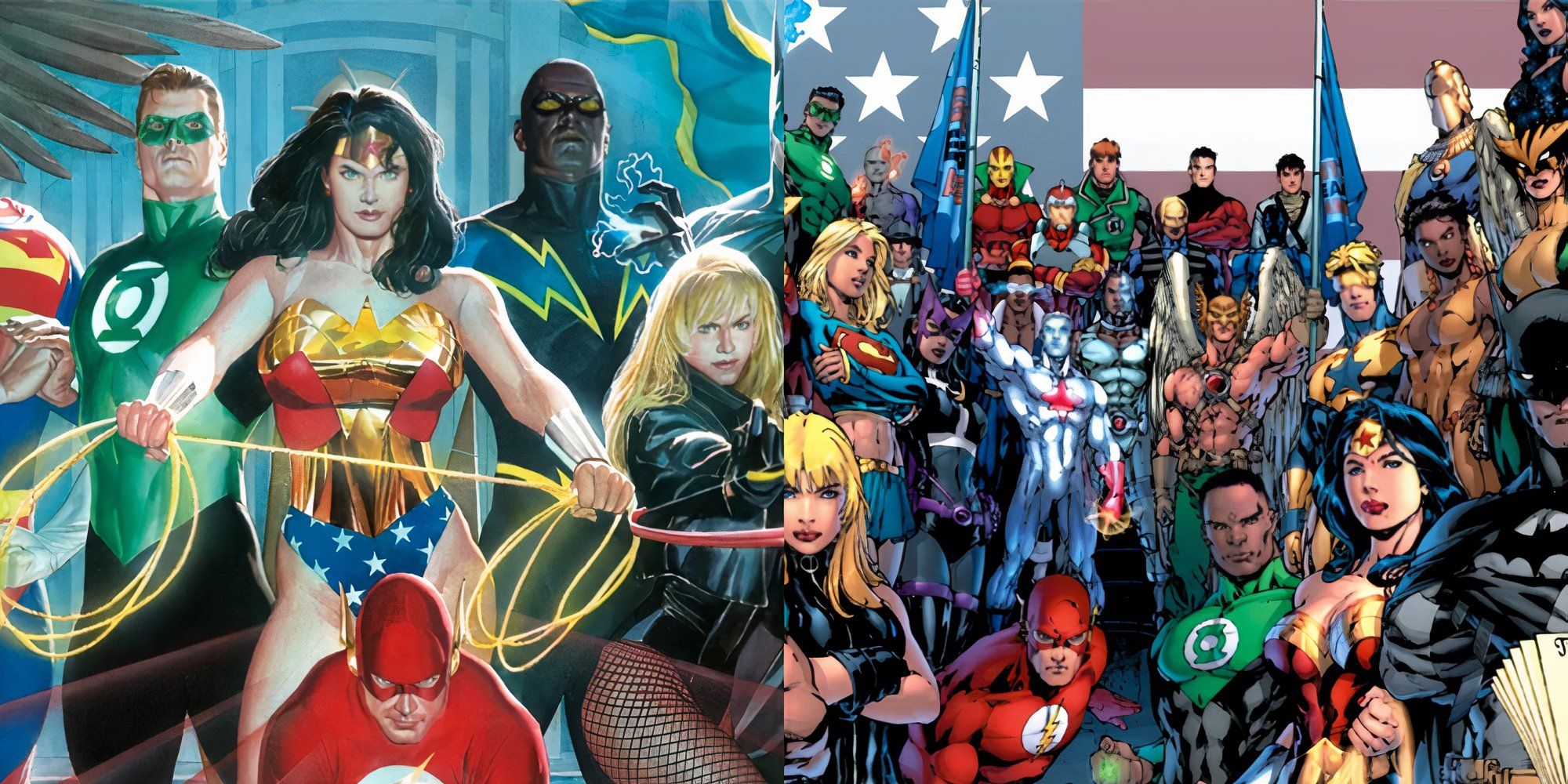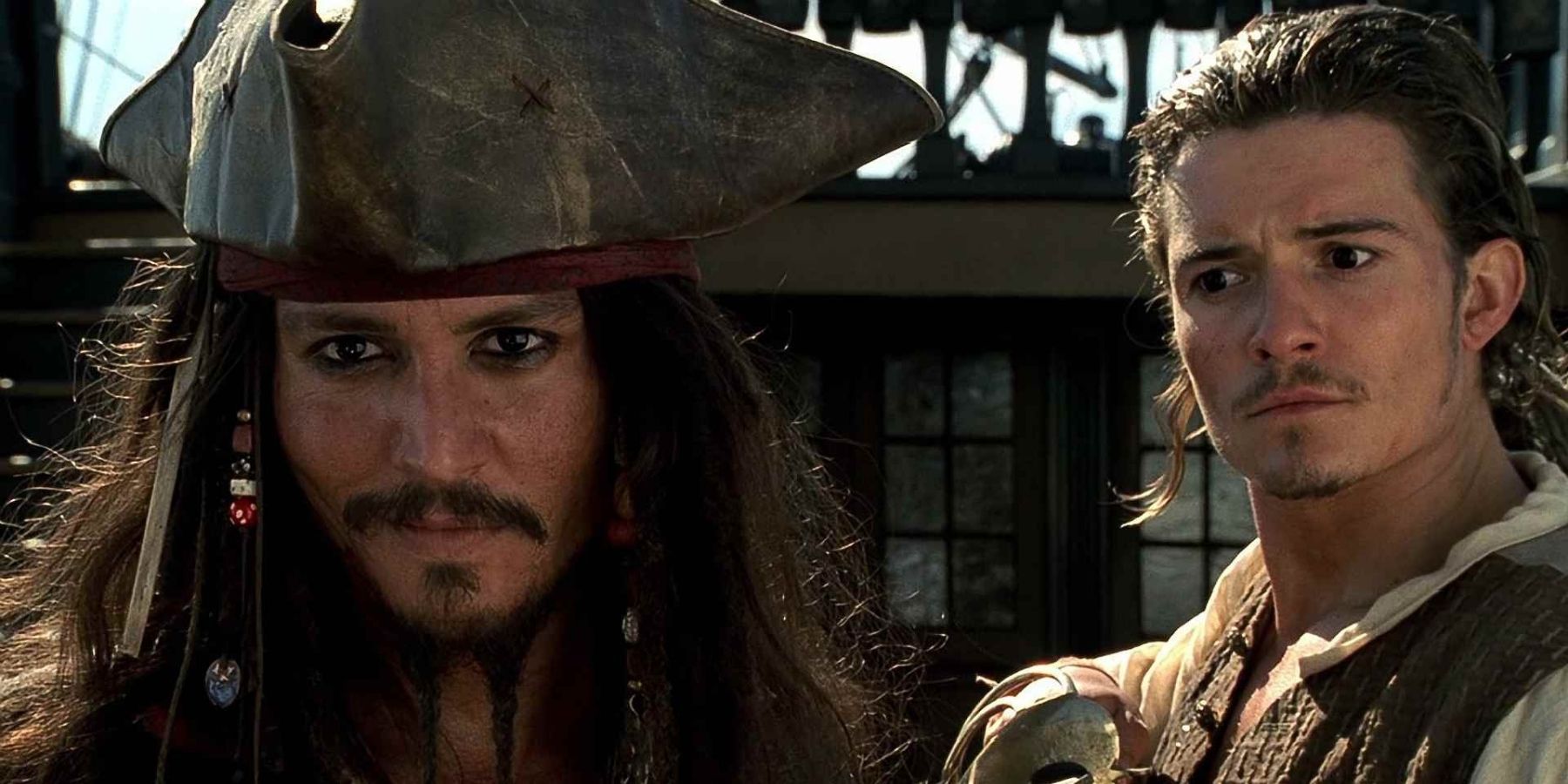Pirates of the Caribbean became one of the most successful franchises, proved that Disney can pull off high-quality PG-13 movies, and rocketed the careers of the lead actors, Johnny Depp, Orlando Bloom, and Keira Knightley. While the series features five high-grossing swashbuckling adventures, the first movie, Pirates of the Caribbean: The Curse of the Black Pearl, remains unrivaled in its humor, originality, and balance.
The first installment in the pirate franchise was off to a rough start. Despite their desire to further capitalize on the theme park's eponymous attraction, Walt Disney Pictures were hesitant to invest in a pirate movie. After all, the last similarly themed big-budget venture, 1995 Cutthroat Island, was a legendary box office disaster and even appeared in the Guinness World Records as the biggest flop of all time. On top of that, the studio's previous attempt at adapting a Disney's ride into a movie, The Country Bears, was far from successful, adding to the executives' reservations.
When the idea was finally set in motion, it was a much more straightforward pirate adventure than the fans know it to be today. The original story featured Will Turner as a prison guard who frees Jack Sparrow to rescue Elizabeth, held hostage for ransom by Captain Blackheart. When Jerry Bruckheimer joined the project as a producer, he rejected the bland premise and brought in Shrek's and Mask of Zorro's Ted Elliott and Terry Rossio as the writers, who introduced the supernatural elements associated with the curse. The director Gore Verbinski embraced the new script and brought in modern CGI to accentuate the spooky aspects like the pirates turning into skeletons in the moonlight and the unhinged action — the final battle, where Black Pearl's crew keep darting in and out of shadows, changing form, is a perfect example of that.
The studio's doubts didn't end with the script. The executives were uncertain about Verbinski's chosen darker tone and, most importantly, Depp's eccentric and mannerism-filled portrayal of Jack Sparrow. Disney considered Jim Carrey for the role instead, but Verbinski and Bruckheimer held their ground, and Depp was allowed to play the character as he saw him. The fans have him to thank for Sparrow's over-the-top quirks like the gold-capped teeth and drunk rock-star attitude (reportedly inspired by Rolling Stones guitarist Keith Richards).
When Pirates of the Caribbean: The Curse of the Black Pearl hit the screen, it was a surprise and smashing hit. It masterfully combined all the classic pirate movie elements — a traditional naval shoot-out, thrilling sword fights, salt-sprayed romance — with a mystical plotline, unhinged humor, lovable protagonists, non-stop action, and a balanced story. It was wild, dangerous, and original — a breath of fresh air in the growing stale genre. The sequels tried their best to recreate its magic formula but failed to live up to the original's high standards.
It's a classic pirate adventure with a twist and a sprinkle of supernatural
The original's plotline is essentially simple and in the genre's best traditions. A diamond-in-the-rough boy falls in love with an unattainable girl, promised to another, the girl gets kidnapped, the boy runs off to the rescue, the boy overcomes challenges along the way before facing the bad guy, the girl realizes she was in love with the boy all along, and the two live happily ever after. However, there are added twists — the girl's kidnapping is just unfortunate collateral of the mystical plotline, the goody-two-shoes boy is not what he seems, and the aid comes from an unlikely, half-drunk, half-scheming source.
While the story has a supernatural coating, it's just that — coating, a background for the pirate adventure and love tale. It follows the traditional plot arc while keeping the audience at the edge of their seats with unexpected reveals, twists, and nail-biting action and delivers a classic happy ending, neatly wrapping up the storylines and leaving the viewers with a warm feeling. Unlike the sequels that go full-on on the mystical side of things, try to cram in too many side storylines, and end up with a convoluted story, the original's plot is coherent and balanced in its simplicity.
The protagonists have clear-cut roles
Because the characters start as genre archetypes — a goodhearted, valiant commoner, a headstrong noble lady, and a raggedy but charming crook — they have plenty of room for development. Will discovers his pirate roots and gets off his moral high horse, Elizabeth showcases her resourcefulness and a sharp mind, and Jack eventually decides to do the right thing.
In the sequels, those roles get diluted. Elizabeth turns into a scheming pirate queen, Will, while still goodhearted, is willing to backstab, and Jack wavers between a hopeless drunk and an uncharacteristic mentor figure. The character development is confusing and erratic, and the protagonists are slowly losing their points with the audience.
Jack is a delightful supporting character
Pirates of the Caribbean wouldn't have been the same without the ridiculousness and charming raggedness of Captain Jack Sparrow, who became synonymous with the franchise, and Depp was even nominated for an Academy Award for his performance.
The first movie allowed Jack to shine as a witty side character that offered excellent comedic relief but was offset by Will's and Elizabeth's love story. However, after it became clear that the pirate captain was a fan favorite, the studio decided to bring him to the forefront, slowly diluting his roguishness and, by the fourth movie, turning him into the main lovesick protagonist, almost stripped of his wily charms.
Just the right amount of CGI
While the sequels feature stunning visual effects, they often take the stage, distracting from the characters and their journeys. The original still boasts impressive CGI, with seamlessly animated skeletons, but it's fitting, moderate, and there to compliment the story.
Funnily enough, the idea of the moonlight acting as the catalyst to the pirates' transformation came from the restricted budget that couldn't afford to keep the CGI skeletons through the whole night — a welcome restriction that saved the film from the over-the-top indulgence of the sequels.
The humor is fresh, and the laughs are genuine
The franchise's first part beautifully combined slapstick with situational comedy and Jack's wit, with just the right dose of ridiculousness. Unlike the sequels, the humor doesn't solely rely on Depp's performance but also gives room to the amusing side characters like the Tweedledum and Tweedledee duos of soldiers or Elizabeth's corset fainting.
While the sequels feature a good deal of Depp's signature humor, some scenes like Jack's slapping become repetitive, while others cross over to the almost cartoonish Wile E. Coyote's territory. It's amusing but often feels forced and over-the-top.
The Curse of the Black Pearl remains the pinnacle of the pirate franchise. With the reboot and the spinoff series in the works, it remains to be seen whether the original can ever be matched.










